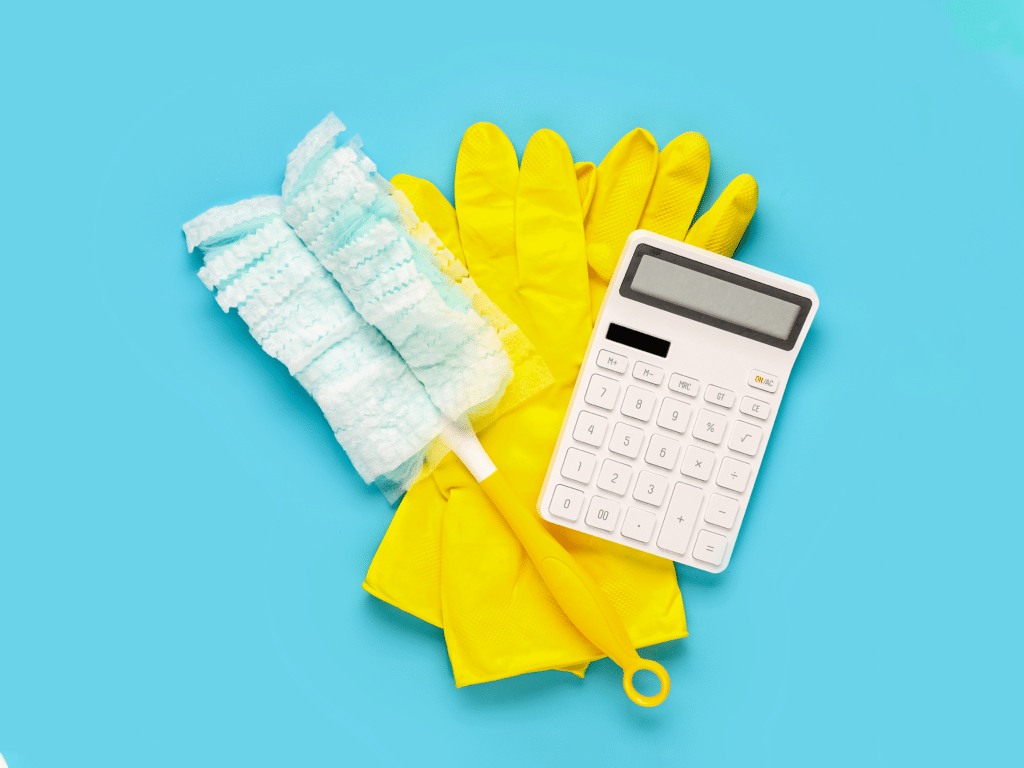For most of us, money is emotional; it’s more about how we feel and what money gives us than the numbers themselves. And because of that, the process of looking clearly at your own financial situation can be daunting.
But getting a clear sense of your finances is a huge step toward financial stability as a freelancer. You need to know how much you’ve made and what your hourly rates look like if you want to make more next year.
Here’s how to get started:
First, look at how much you made this year and last year.
Stack up all your invoices (or check your income tab on the Lili app). You can think about this number in two ways: some people total up how much they’ve invoiced for during the current calendar year. Others look at how much they’ve been paid during the current calendar year. Neither strategy is wrong, but it can be easier to look at how much you’ve been paid, since that’s what will be reflected on your tax forms. Pull this number for the last two years, if you can.
Next, think about how much you took home each year, minus expenses and taxes.
Did you track your expenses this year? This means deductible costs like office rent, a new laptop, subscriptions to research journals, conference expenses, and more. If you didn’t track these, you’ll want to start doing that next year — these expenses reduce your overall tax payment.
If you did track your expenses – and if you have a Lili account, you can find that number in one glance on your income and expense report – add that number up and subtract it from your total income number. (If you didn’t, try to estimate how much you spent to run your business.) Then pull out about 30% for taxes. (Note: This number varies state-to-state and person-by-person; your accountant can provide an accurate tax estimate or you can calculate it yourself — but 30% is a safe estimate, if you’re just starting out). The resulting number is your net income. Again, pull this number for the past two years, if you can.
How many hours did you work each week, on average?
If you don’t know exactly how many hours you work each week, try to come up with an estimate. Knowing how much you work will tell you how efficient your business is, and what your hourly rates look like. Write down your typical weekly hours from the past two years.
Speaking of hourly rates…
It’s time for some math! Take your annual income number (pre-expenses and taxes), divide it by the number of weeks you worked that year (make sure to account for vacation), then divide that weekly income number by the number of hours you worked. That’s your average hourly rate, pre-tax. You can do this math again, after accounting for taxes and expenses, to show you how much you actually took home.
How much do you need?
Okay, last math question: Take this moment to look at your monthly expenses and consider how much you need to bring in, via your business, each month. You’ll want to have a ground floor number — which covers your basic expenses — and then one that’s a bit higher, to account for putting money into savings and adding some stability.
Did you make that minimum monthly number most months during the past two years? If not, write down the difference between what you made and what you need.
What was your money mindset during the past few years?
Did you feel stressed about money? Were you able to pay your monthly bills and put money into savings, or a retirement account? Do you have an emergency savings account that contains a few months of income, in case you get sick or lose clients?
Make some notes about how you felt about money this year, and whether or not you were able to contribute to a stable foundation.
Last question: What needs to change?
What is the space between where you are, and where you want to be? This could be a number. It could be a psychological space. Whatever it is, write it down.
Then consider: What needs to change in the coming year? Do you need to bring on a new client, or fire an old client who doesn’t pay you enough, or ask for a raise on your hourly rate, or look for retainer clients instead of taking on one-off assignments?
Make a to do list for yourself, to help you clean your financial house. Now that you know where you want to go, it’s about leaving behind what’s not working, and building a business that gets you to a financially stable place.




